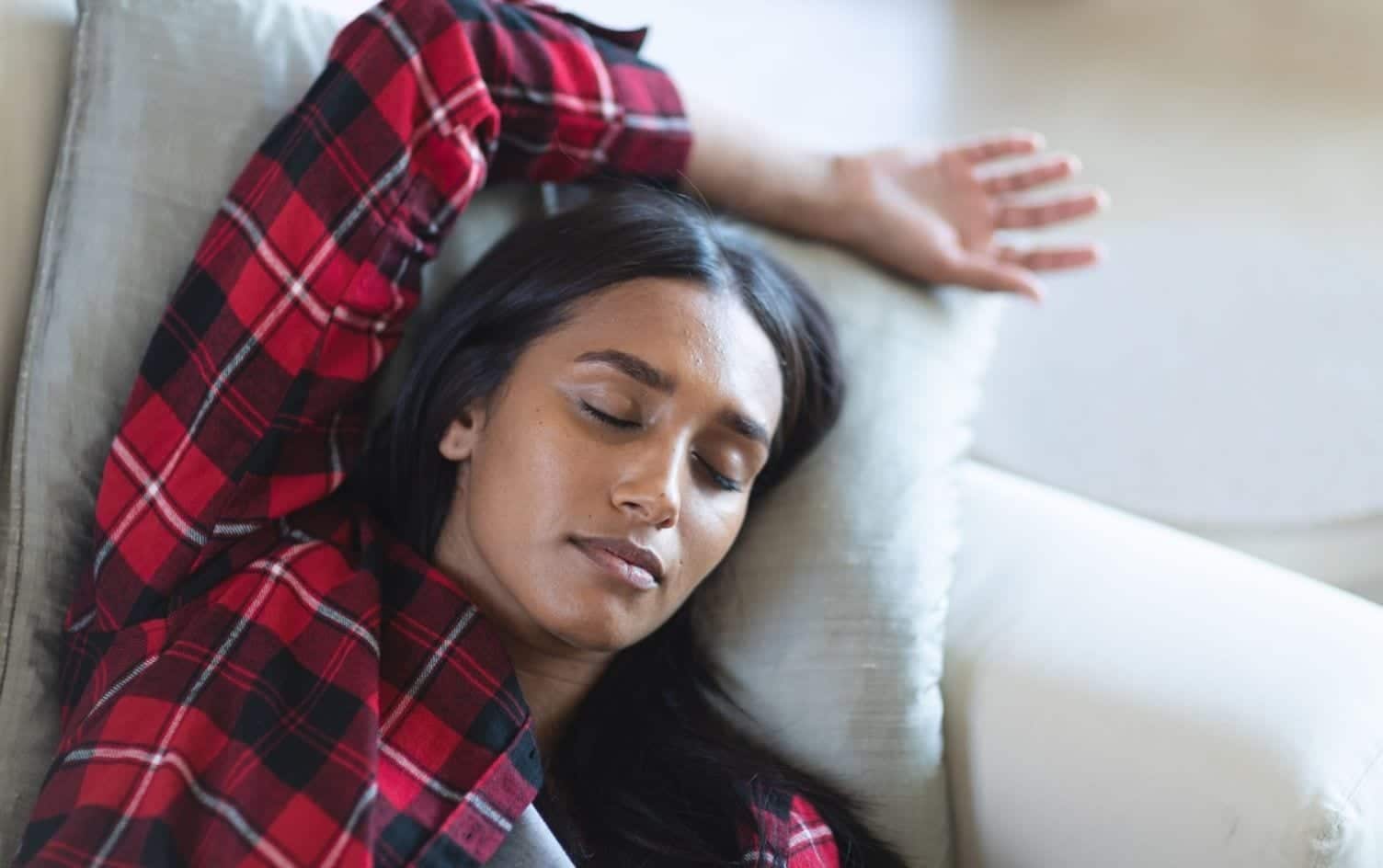You spend roughly 1/3 of your life asleep. Well, that’s provided you’re getting the recommended amount each night. According to the CDC, adults need seven or more hours of sleep for overall health and well-being. Too little can impair your function the next day, and too much can be a sign of underlying health problems.
With so much of our lives occurring between the sheets, we’re looking at some of the most interesting sleep statistics, covering a range of topics, from duration and dreams to disorders.
THIS IS SLEEP, BY THE NUMBERS
10–20 minutes: The average range it takes most people to fall asleep. The fastest fall asleep in less than 7 minutes, while anything north of an hour may signal insomnia or another condition.
35.2%: The number of adults who report sleeping less than 7 hours each night.
68%: The number of adults who struggle to fall asleep at least once per week.
38%: The percentage of adults who wake up feeling rested.
$411 billion: The economic impact of inadequate sleep on the U.S. economy related to reduced health and lost productivity.
11 days: The number of days, in terms of productivity, an average worker loses to insomnia and other sleep disorders.
1/3: The amount of people who have experimented with prescription sleep drugs or over-the-counter sleep aids in the last year.
57 and 40: The percentage of men and women, respectively, who snore while they sleep.
35%: The amount of adults who report watching TV as a tactic to help them sleep.
16 minutes: The average amount of time sleep is reduced when you’re exposed to blue light before bed. Try to cut out screen time one hour before you hit the sack.
54%: The amount of people who sleep on their sides, while 37.5% sleep on their backs and less than 8% sleep on their stomachs.
28%: The percentage of adults worldwide who suffer from occasional insomnia.
4–6: The number of dreams we have each night on average, accounting for roughly 2 hours of dreaming during 8 hours of sleep.
34%: The percentage of adults who take a nap during a given day.
2 p.m.: The time of day we naturally feel tired due to our circadian rhythms, which means that post-lunch sleepiness you feel is very real.
Unlock an experience that’s like having a dietitian, trainer and coach at your fingertips. Sign up for Premium for expert guidance and tools to help you reach your personal health goals.




